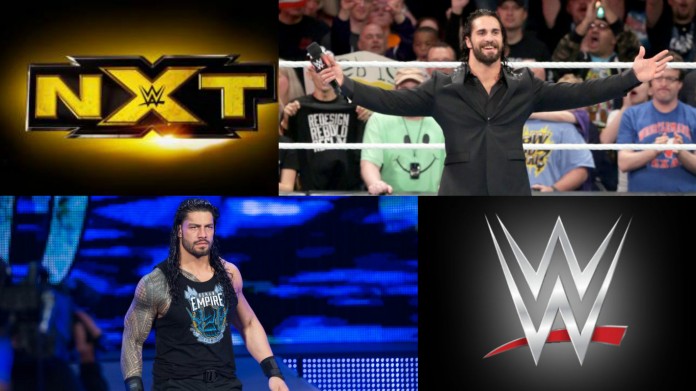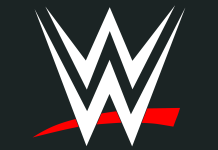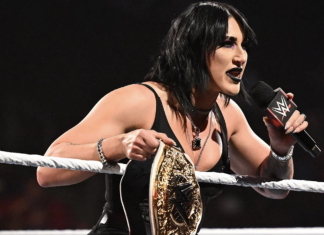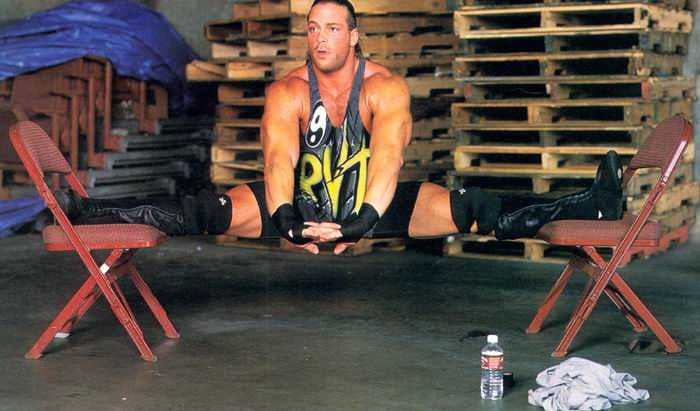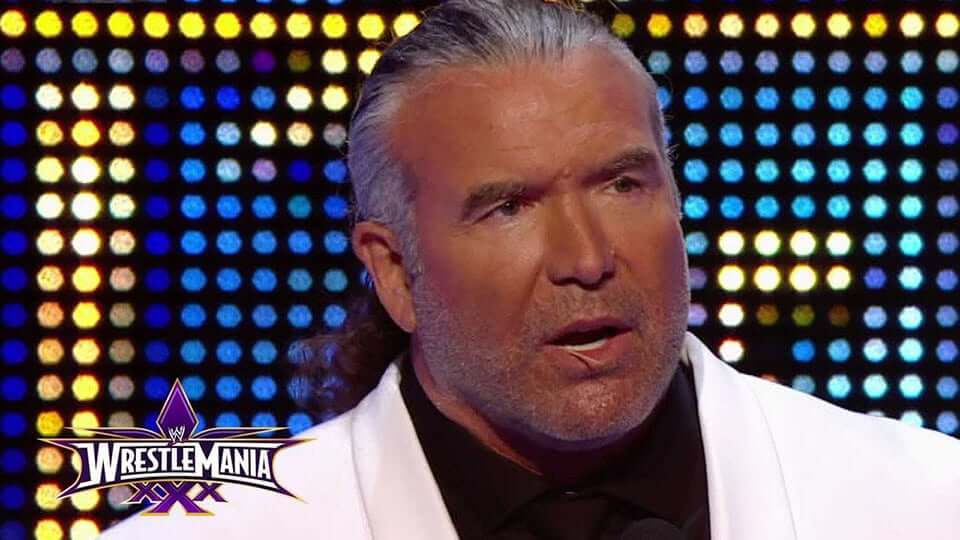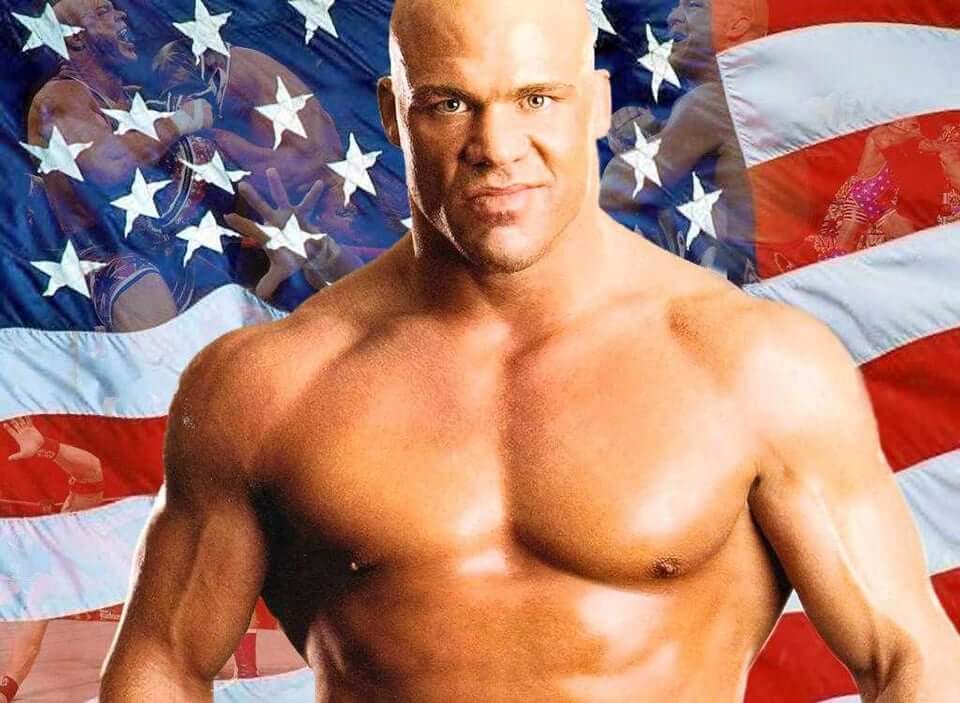As this article is being written in June 2016, I can argue that today is both the best and worst that it has ever been to be a fan of professional wrestling. Some of the reasons why — to quote TNA minority owner Billy Corgan — today is the greatest:
– Mainstream Interest – It is less taboo than ever to be a wrestling fan. Rolling Stone, Sports Illustrated and countless other sites have wrestling correspondents. There are podcasts entirely dedicated to wrestling recaps. ESPN covers live WWE events and has WWE talent on for TV interviews. While not everyone thinks the world of wrestling, it is no longer a small niche and can’t be ignored.
– More Options – If you’re a fan, there are more options to watch wrestling now than ever. Everyone knows about WWE’s weekly programming and its WWE Network’s exclusive content. Most Americans know to find TNA on Pop TV. Depending on where you are in the U.S., you probably can find Ring Of Honor, New Japan, and Lucha Underground on cable. Your cable provider may also have local wrestling organizations — in New York, I have able to find Pro Wrestling Syndicate and Booker T’s Reality Of Wrestling — and VOD options. Then there’s what you can find online and through streaming outlets. There is new content to watch every day. If that’s what you’re into.
– Developmental Systems – In recent years, WWE has made great strides with its developmental system, as NXT is leaps and bounds ahead of OVW, FCW and the USWA (or whatever their Memphis training grounds were called). Of course, WWE wasn’t the first to have a system along the lines, as WCW did have its Power Plant. However, comparable to AAA baseball teams, NXT is effectively training future talent, even if some of that talent eventually moves to another company besides WWE. WWE’s usage of EVOLVE for similar purposes is also to be commended.
– Indie Roots – Related to those developmental systems, WWE is finally acknowledging other promotions. When Ric Flair was signed in the early 1990s by WWF, they referred to him as the “real World Champion,” but never said WCW’s name. 20+ plus years later, TNA is directly named on the “Stone Cold Podcast” and during a skit on the “Edge & Christian Show” on the WWE Network. Meanwhile, the upcoming tournament with cruiserweight wrestlers includes people who have been seen recently in other promotions, and that talent is able to use their pre-WWE ring names. TNA and ROH are also acknowledging talents’ pasts.
– Merchandise – WWE has stepped up its merchandise game as of late, offering more classic designs. Arguably as important, ProWrestlingTees is also doing more of that, striking direct deals with legends. Therefore, fans have more options to get the shirts and other memorabilia that they crave from their favorite stars and angles. For the most part, gone are the days of WWE not getting someone and in turn there being no shirts available.
– Communication – The majority of active wrestlers maintain at least one social media account, if not a website. In turn, there is an opportunity to correspond directly with that talent. While a five-minute phone call with Ric Flair is going to cost you $495, the majority of wrestling talent is reachable via Twitter, offered as part of WWE signings, and/or available for paid photo ops at indie shows. Gone are the days of talent being from “parts unknown,” or simply not available to talk to fans because it would break kayfabe.
– Versatility – The majority of wrestlers aren’t just wrestlers anymore. They are often actors, fitness personalities, and/or broadcasters. In turn, a lot of them are able to continue to earn a living without wrestling into their 40s, 50s or 60s. For those that do want to stay in the field, there seem to be more coaching, commentator and producer opportunities available, thanks to the WWE. Or MMA opportunities, for better and worse.
– Archives – Sure, Colt Cabana has pointed out that Tom Magee matches cannot easily be found, but the WWE Network archives are pretty comprehensive for the non-persona-non-grata (TM) talent. Imagine being able to watch any major pay-per-view you wanted during the height of the Monday Night Wars. Or being able to find nearly any televised match on YouTube a decade ago? We are blessed with the Internet’s offerings.
But it’s not all advantages for the wrestling fan these days:
– Kayfabe – There is no room for kayfabe in 2016. In turn, with wrestling as admitted entertainment, the mystery is gone. This limits creativity and quality of wrestling as a whole, as fans are going to be less invested in whether one person is going to defeat another person.
– Top Star – Our country — apologies to those I offend for writing from a U.S.-centric mind-set — is extremely divided now, as it’s been for at least a decade. Applying that to wrestling, there isn’t one single thing that the entire audience of wrestling wants. Some people prefer the old-school brawlers. Some people want the high-spots and high-flyers. Some people want humor and promos more than they do wrestlers. Some people want the talent to look like them and not huge bodybuilders. In turn, there can’t be an all-knowing, universally-beloved top star like a Hulk Hogan or a Ultimate Warrior. Nearly everyone seemed to love Daniel Bryan, and some of the current NXT talent (e.g. Finn Balor, Shinsuke Nakamura) have potential to be well-received by the majority of people, but there will undoubtedly be people who watch those wrestlers and say, “Nah, they’re too small, wrestlers used to look cooler.”
– Political Correctness – Remember when Triple H told Booker T that “people like him” weren’t champions? Or when Yokozuna, who was not Japanese or a sumo wrestler, portrayed a Japanese sumo wrestler? Or when Ted DiBiase had a slave — he was not a butler or a driver — for years that he called Virgil? In retrospect, we can laugh about all of the insensitivities. Political correctness has taken over wrestling. WWE has its anti-bullying “Be A STAR” campaigns, its Susan G. Komen-inspired rope colors, disclaimers to tell us that the wrestlers are actors not giving personal opinions, and so forth. But the roots of wrestling were bullying, wishing illness and hurt on their opponents, and trying to get heat by pretending to hate other people. It is sickening to think that the WWE has to go and try to please everyone, when it’s not something that’s going to appeal to everyone.
– Sports Entertainment – JBL often calls its talent “wrestlers,” but that is not encouraged. The known preferred nomenclature is “sports entertainer” as they perform within “sports entertainment.” While that title is correct in describing what WWE is, it goes against the roots of the business. A better approach would arguably be calling it both “wrestling” and “sports entertainment,” as depending on the context. We all know it’s a work, so it wouldn’t offend us to hear it called “wrestling” as if it were a proper sport.
– Roman Reigns – I think Roman Reigns is believable as a fighting and looks cool, but he has been booked terribly. The WWE Universe has given the WWE countless signs that this is not “the top guy.” However, the company continues to push him as such, going so far as editing broadcasts to minimize crowd reactions (e.g. censoring fans’ signs). Fans of wrestling are a lot smarter than WWE wants to give credit for, so the fact that the company is still trying to work us after two years of protests shows a company that doesn’t entirely know how things work.
All in all, for me personally, the pros outweigh the cons. In turn, the WWE will continue to get $9.99 (plus tax) from me every month, I will go to see Ring Of Honor every month, I will continue to buy a few shirts every year, I will be going to an indie show at a Long Island high school in September…I remain an overly-obsessed that is buying what the wrestling industry is selling.

